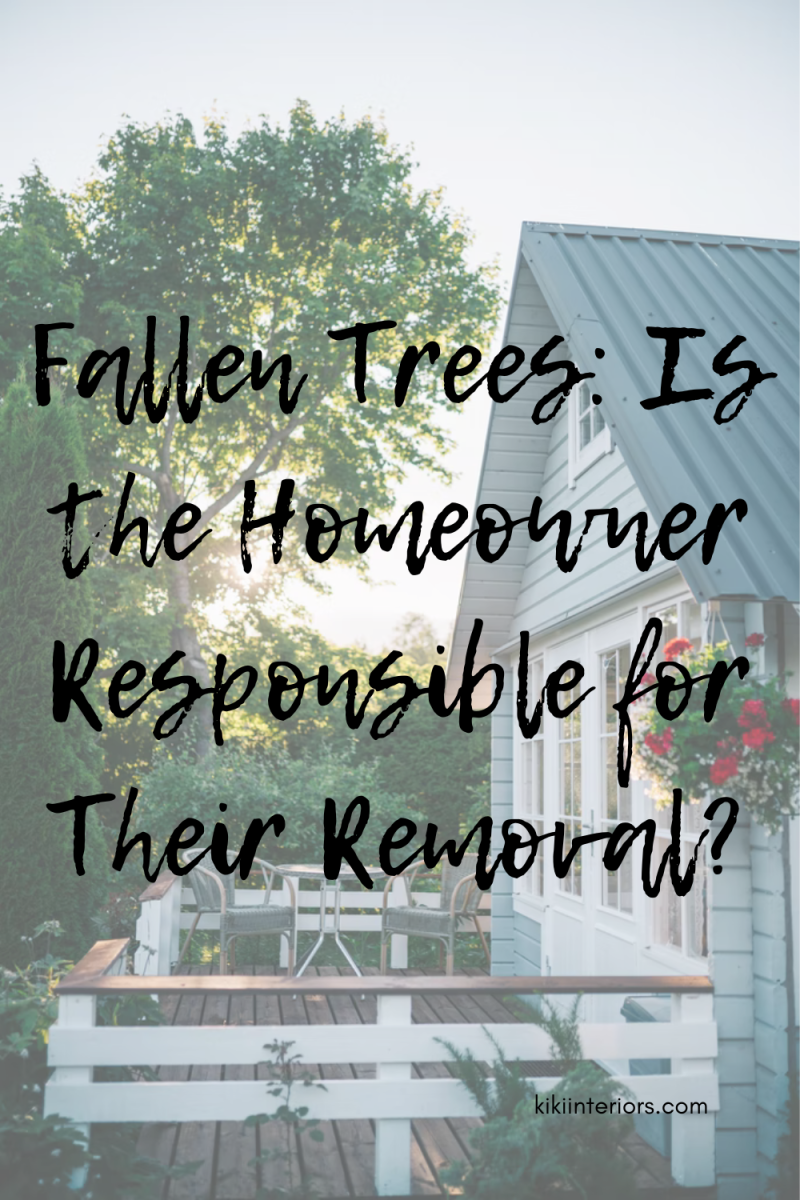
Many things could lead to a tree coming down on a neighbor’s property. Bad weather is a key cause for this type of incident, but disease and age could also result in a tree coming down. The entire tree may not make its way onto the neighbor’s home either. A large limb can do significant damage. In addition, the tree or limb may not damage a home, but it could damage other structures on the property, such as a fence or garage.
Who Pays?
When this happens, the owner of the damaged property may think they should pursue compensation from the other party or their insurance company. However, a homeowner’s insurance policy typically covers this type of damage, regardless of where the tree or limb originated. Once the insurer pays out, they may pursue indemnity from the neighbor or their insurance company. The injured party, however, has received compensation and is out of the picture. They simply need to find tree removal services and have the work done. They may need to pay a deductible, but that depends on how the policy is written.

Exceptions to Consider
At times, an insurance company may fail to pay the claim. In these cases, it depends on what led to the tree or limb coming down. For example, if the owner of the tree knew it was diseased and at risk of coming down, they may be held responsible in a court of law. This differs from a natural event leading to the tree or limb falling. No person can control weather events, but they can do something if the tree is unhealthy and isn’t removed promptly.
A Tree on Public Property
Property owners may wonder who they should call if a tree on public land comes down and damages their home or other structures. This situation differs from when a private owner is involved. The entity that owns the tree becomes responsible for removing the tree or paying to have this done. The property owner’s homeowner’s insurance policy then pays to have any repairs done to the buildings or structures.
If the tree is located in an area governed by a homeowner’s association, the person whose property was damaged will need to review the governance documents. Some documents state the HOA is responsible for rectifying any damage, regardless of where the tree was located. Other HOA agreements state the association is only responsible for trees in common areas used by all residents. Any trees on a person’s private property are their responsibility.
Boundary trees are those trees that sit on more than one person’s property. If this tree falls, it becomes the responsibility of the owner whose property was damaged to have the damage rectified. As far as tree removal goes, both parties or their respective insurers should cover the cost of the tree removal.
One thing a person should never do is attempt to remove the tree themselves. Many things could go wrong during this process, and more damage may occur when they attempt to take this task on alone. It’s best to leave this job to the professionals, as any additional damage could become the responsibility of the owner to rectify at their own expense. Call to have the tree removed and then focus on the necessary repairs. The sooner this task is taken care of, the sooner the damage can be rectified and life can return to normal.




